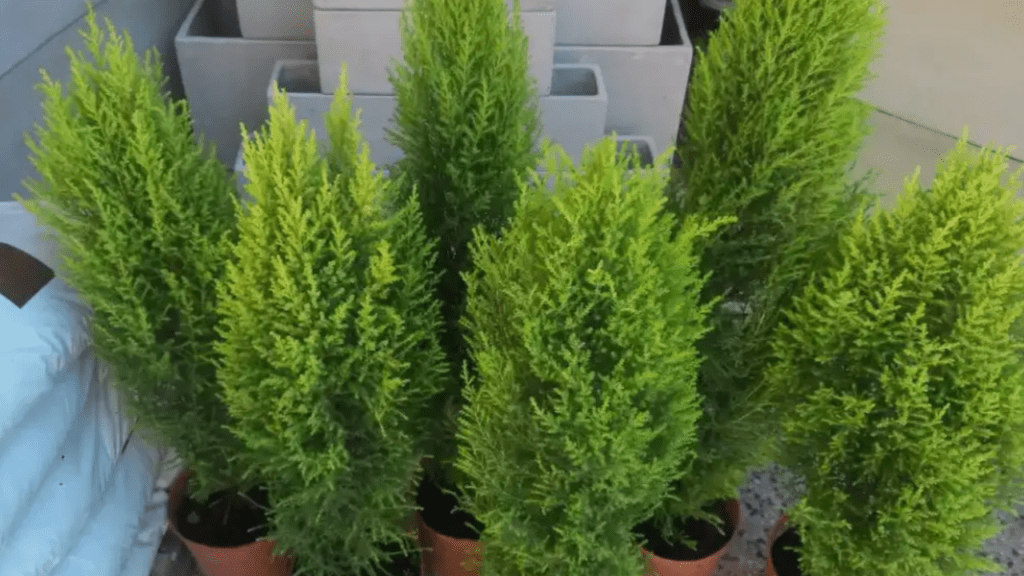
How to Grow a Healthy Lemon Cypress Plant Indoors
If you’ve ever wanted to bring a touch of greenery into your home, growing a lemon cypress plant indoors is a great option. This post will walk you through the step-by-step process of caring for and growing a healthy lemon cypress plant indoors. From watering and sunlight requirements to soil maintenance and addressing common issues, you’ll find all the information you need to successfully grow and care for your lemon cypress plant. Whether you’re a seasoned plant enthusiast or a beginner looking to add some green to your space, this guide will help you achieve success with your indoor lemon cypress plant.
Table of Contents
ToggleUnderstanding the Lemon Cypress Plant
The Lemon Cypress plant, also known as Cupressus macrocarpa ‘Goldcrest’, is a popular choice for indoor and outdoor landscaping due to its vibrant green foliage and refreshing lemon scent. It is a slow-growing plant that can reach up to 6 feet in height, making it a great option for small spaces.
When growing a lemon cypress plant indoors, it’s important to provide it with the right conditions to thrive. This includes placing it in a bright location with indirect sunlight and ensuring that the soil is well-drained to prevent waterlogged roots. Watering the plant regularly, but allowing the soil to dry out between waterings, will help maintain its health and prevent root rot.
In terms of soil maintenance, using a well-draining potting mix is essential for the lemon cypress plant. Fertilizing the plant with a balanced liquid fertilizer once a month during the growing season can also help promote healthy growth.
Common issues that may arise when caring for a lemon cypress plant include spider mites and root rot. Keeping an eye out for these issues and addressing them promptly can help ensure the plant’s continued health.
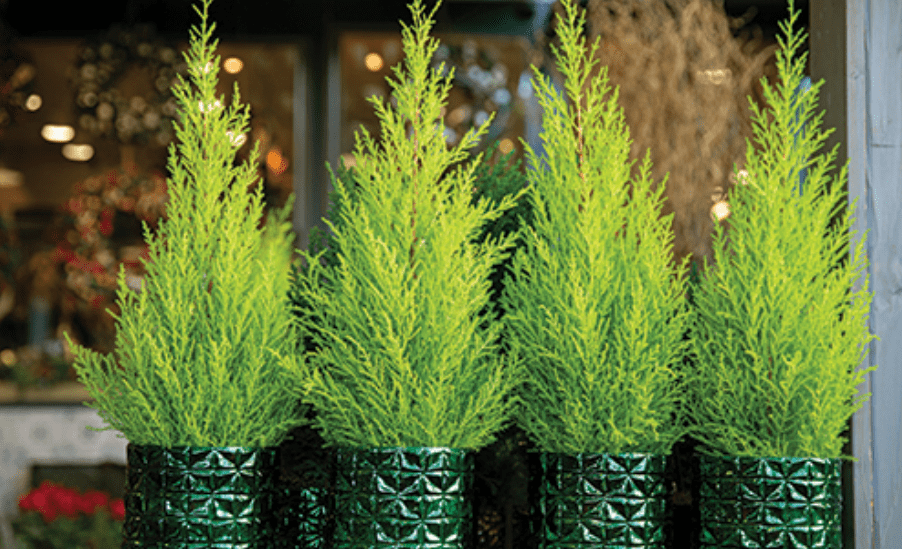
Overall, growing a healthy lemon cypress plant indoors involves providing the right environmental conditions, regular watering, and proper soil maintenance. With the right care, your lemon cypress plant can thrive and bring a touch of greenery and refreshing scent to your indoor space.
Choosing the Right Environment
Light Requirements
Importance of bright, indirect sunlight.
Bright, indirect sunlight is incredibly important for the health and well-being of a lemon cypress plant. This type of lighting helps the plant to photosynthesize and grow properly. When caring for a lemon cypress plant, it’s important to place it in a location where it will receive plenty of bright, indirect sunlight throughout the day. This could be near a window, where the plant will receive ample natural light without being directly exposed to harsh, direct sunlight. Adequate lighting is essential for the plant’s overall health and growth. Without proper lighting, the plant may become weak, leggy, or even begin to decline. Therefore, it’s crucial to provide the right environmental conditions, including the right amount of bright, indirect sunlight, to ensure that your lemon cypress plant thrives.
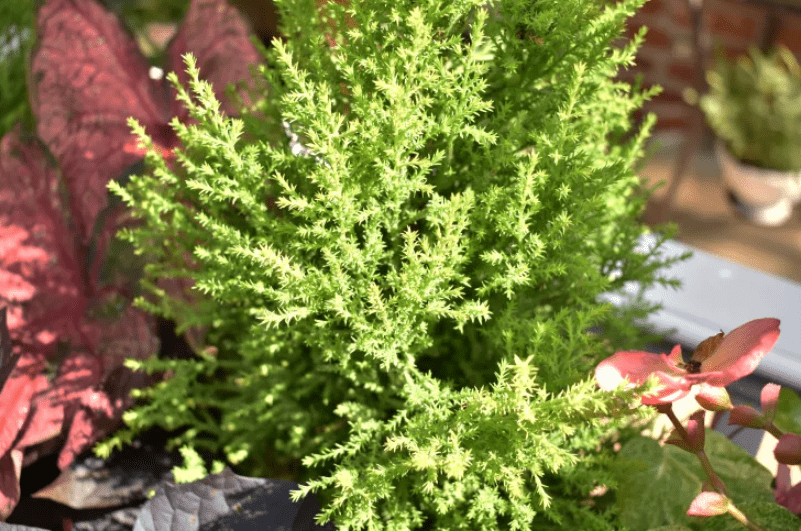
Tips for positioning the plant indoors.
When positioning a lemon cypress plant indoors, it is important to consider the lighting conditions. Bright, indirect sunlight is crucial for the health and well-being of the plant. Place the plant near a window where it can receive ample natural light without being directly exposed to harsh, direct sunlight. This will help the plant to photosynthesize and grow properly. Adequate lighting is essential for the overall health and growth of the plant, so it’s important to ensure it receives the right amount of bright, indirect sunlight throughout the day. Additionally, it’s important to keep the plant away from drafts and extreme temperatures, as this can also affect its health. By providing the right environmental conditions, including the proper lighting and temperature, you can help your lemon cypress plant thrive indoors.
Temperature and Humidity
Ideal temperature range for indoor growth.
The ideal temperature range for indoor growth of lemon cypress plants is between 60-70 degrees Fahrenheit during the day and slightly cooler at night. It’s important to keep the plant away from drafts and extreme temperatures, as this can affect its health and growth. Additionally, maintaining adequate humidity levels is important for the plant’s well-being. You can increase humidity by misting the plant with water or placing a tray of water and pebbles near the plant to create a humid microclimate. By providing the right temperature and humidity levels, along with proper lighting, you can create a healthy environment for your lemon cypress plant to thrive indoors.
How to maintain proper humidity levels.
Maintaining proper humidity levels for your indoor plants, such as the lemon cypress, is essential for their health and growth. The ideal temperature range for indoor growth of lemon cypress plants is between 60-70 degrees Fahrenheit during the day and slightly cooler at night. It’s important to keep the plant away from drafts and extreme temperatures, as this can affect its health and growth. Additionally, maintaining adequate humidity levels is important for the plant’s well-being. You can increase humidity by misting the plant with water or placing a tray of water and pebbles near the plant to create a humid microclimate. This will help the plant thrive and prevent it from becoming too dry, which can lead to problems like wilting or browning of the foliage. By providing the right temperature and humidity levels, along with proper lighting, you can create a healthy environment for your lemon cypress plant to thrive indoors.
Potting and Soil Requirements
Selecting the Right Pot
Importance of drainage and pot size.
Proper drainage and pot size are crucial factors to consider when growing indoor plants like the lemon cypress. The pot you choose should have adequate drainage holes to prevent water from accumulating at the bottom and causing root rot. It’s also important to select a pot that is the right size for your plant. If the pot is too small, the roots may become root-bound and restrict the plant’s growth. On the other hand, if the pot is too large, it can hold too much water and lead to over-watering. Choose a pot that allows for some room for the plant to grow, but not excessively large. When repotting, choose a pot that is 1-2 inches larger in diameter than the current pot. Additionally, using a well-draining soil mix specifically designed for indoor plants will help to maintain proper moisture levels and support healthy growth. Remember to water your lemon cypress plant thoroughly and allow excess water to drain out of the pot to avoid waterlogged soil. By paying attention to these details, you can create an optimal environment for your indoor lemon cypress to thrive.
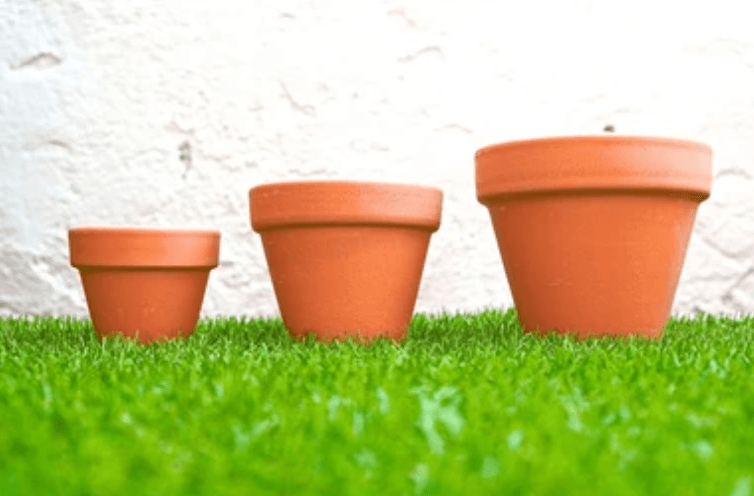
Soil Type
Recommended soil mix for Lemon Cypress.
Lemon cypress plants thrive best in a well-draining soil mix specifically designed for indoor plants. This type of soil mix helps to maintain proper moisture levels and supports healthy growth. When choosing a pot for your lemon cypress, it’s important to consider the size. If the pot is too small, the roots may become root-bound and restrict the plant’s growth. On the other hand, if the pot is too large, it can hold too much water and lead to over-watering. It’s best to choose a pot that allows for some room for the plant to grow, but not excessively large. When repotting, choose a pot that is 1-2 inches larger in diameter than the current pot. Additionally, it’s important to water your lemon cypress plant thoroughly and allow excess water to drain out of the pot to avoid waterlogged soil. By paying attention to these details and using a recommended soil mix, you can create an optimal environment for your indoor lemon cypress to thrive.
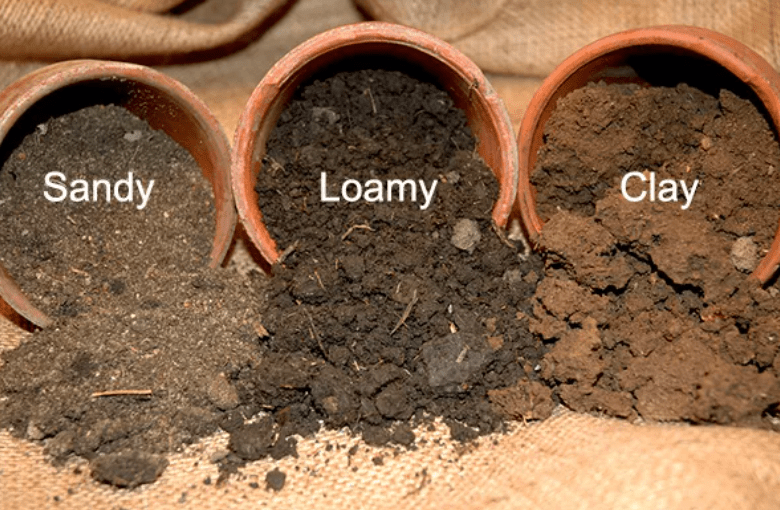
Watering Schedule
How Often to Water
Guidelines for watering frequency.
When it comes to watering your lemon cypress, it’s important to follow a watering schedule to ensure the plant’s health. In general, it’s best to water your lemon cypress when the top inch of the soil feels dry to the touch. This may require watering every 1-2 weeks, depending on the conditions in your home. It’s important to avoid over-watering, as this can lead to root rot and other issues. By following these guidelines and paying attention to the moisture level of the soil, you can help your lemon cypress thrive and stay healthy.
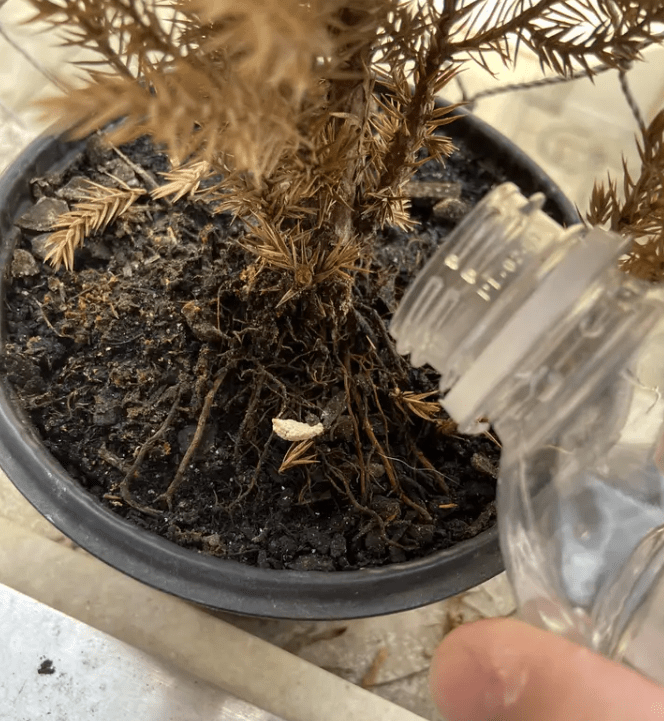
Signs of overwatering and underwatering.
Lemon cypress plants are sensitive to both overwatering and underwatering, so it’s important to pay attention to the signs of each to keep your plant healthy. Signs of overwatering include yellowing or wilting leaves, a sour odor coming from the soil, and mold or fungus growing on the soil surface. On the other hand, signs of underwatering include brown or crispy leaves, dry and brittle soil, and wilting or drooping branches. By recognizing these signs and adjusting your watering schedule accordingly, you can ensure that your lemon cypress stays healthy and vibrant. It’s important to use a well-draining soil mix and to water your plant only when the top inch of the soil feels dry to the touch. With proper care and attention to watering, your lemon cypress can thrive in its indoor environment.
Watering Techniques
Best practices for watering Lemon Cypress indoors.
When it comes to watering your Lemon Cypress indoors, it’s important to be aware of the signs of both overwatering and underwatering. Overwatering can lead to yellowing or wilting leaves, a sour odor from the soil, and the growth of mold or fungus. On the other hand, underwatering can cause brown or crispy leaves, dry and brittle soil, and wilting or drooping branches. To prevent these issues, it’s best to use a well-draining soil mix and only water your plant when the top inch of the soil feels dry to the touch. This will help prevent waterlogged roots and ensure that your Lemon Cypress gets the right amount of moisture. It’s also a good idea to mist the plant occasionally to increase humidity, as Lemon Cypress plants prefer a slightly more humid environment. By following these watering techniques, you can help your Lemon Cypress thrive in its indoor environment.
Fertilizing Your Lemon Cypress
Type of Fertilizer
Recommended fertilizers for indoor Lemon Cypress plants.
When it comes to fertilizing your indoor Lemon Cypress, it’s best to use a balanced, water-soluble fertilizer with a 20-20-20 or 10-10-10 NPK (nitrogen, phosphorus, and potassium) ratio. This will provide the plant with the essential nutrients it needs to thrive. You can also use a slow-release fertilizer, which will gradually release nutrients into the soil over time. When fertilizing, it’s important to follow the instructions on the product label and avoid over-fertilizing, as this can cause damage to the plant. It’s best to fertilize your Lemon Cypress during the growing season, which is typically in the spring and summer months. Be sure to dilute the fertilizer to half the recommended strength to avoid burning the roots of the plant. By using the right type of fertilizer and following the proper guidelines for application, you can help your indoor Lemon Cypress plant to stay healthy and vibrant.
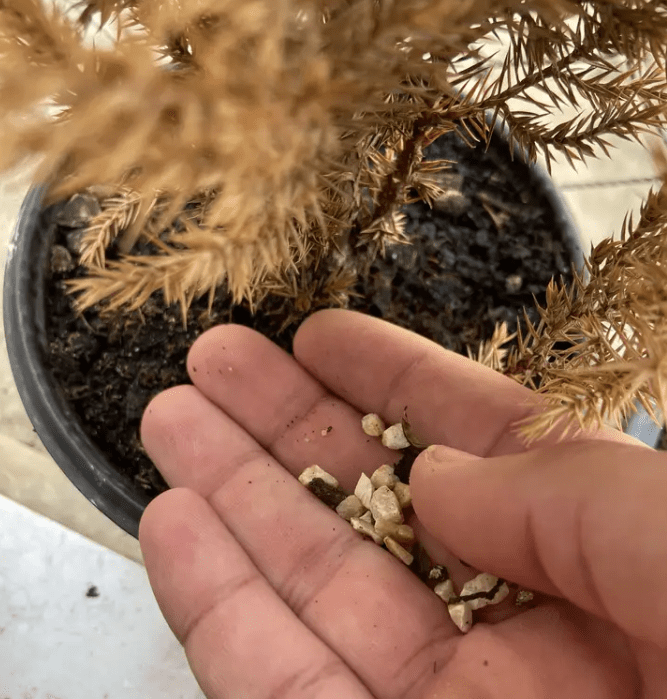
Fertilization Schedule
How often to fertilize and when.
When it comes to fertilizing your indoor Lemon Cypress, it’s best to use a balanced, water-soluble fertilizer with a 20-20-20 or 10-10-10 NPK (nitrogen, phosphorus, and potassium) ratio. This will provide the plant with the essential nutrients it needs to thrive. You can also use a slow-release fertilizer, which will gradually release nutrients into the soil over time. When fertilizing, it’s important to follow the instructions on the product label and avoid over-fertilizing, as this can cause damage to the plant. It’s best to fertilize your Lemon Cypress during the growing season, which is typically in the spring and summer months. Be sure to dilute the fertilizer to half the recommended strength to avoid burning the roots of the plant. By using the right type of fertilizer and following the proper guidelines for application, you can help your indoor Lemon Cypress plant to stay healthy and vibrant.
Pruning and Maintenance
Pruning Tips
How to shape and maintain the plant’s form.
To shape and maintain the form of your indoor Lemon Cypress, it’s important to prune it regularly. This will help to control the size and shape of the plant and promote healthy growth. When pruning, be sure to use clean, sharp pruning shears to make clean cuts and avoid damaging the plant. You can prune the plant to remove any dead or yellowing leaves, as well as to shape the overall form of the plant. It’s best to prune your Lemon Cypress in the spring or early summer when it is actively growing. Be sure to remove any branches that are growing in the wrong direction or crossing over one another. It’s also important to remove any suckers or shoots that are growing from the base of the plant. By regularly pruning and shaping your Lemon Cypress, you can help to maintain its form and keep it looking its best.
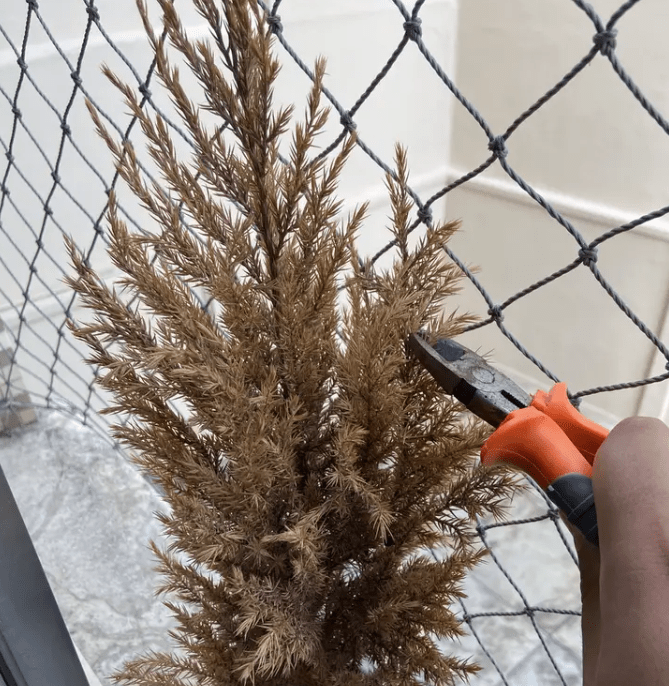
Routine Care
Tips for dusting, rotating, and inspecting the plant regularly.
When caring for your Lemon Cypress plant, it’s important to dust the leaves regularly to keep them clean and free from debris. You can use a soft, damp cloth to gently wipe the leaves and remove any dust or dirt. It’s also a good idea to rotate the plant regularly to ensure that all sides receive adequate sunlight and growth is even. Additionally, make sure to inspect the plant regularly for any signs of pests or disease. Keeping a close eye on your Lemon Cypress will help to catch any issues early and prevent them from spreading. Overall, these routine care tips will help to promote healthy growth and maintain the overall appearance of your plant.
Common Problems and Solutions
Pests and Diseases
Common pests and how to prevent them.
The most common pests that can affect Lemon Cypress plants include spider mites, aphids, and mealybugs. To prevent these pests, it’s important to keep a close eye on your plant and regularly inspect the leaves and stems for any signs of infestation. If you notice any pests, you can use a gentle spray of water to dislodge them from the plant. Additionally, you can use insecticidal soap or neem oil to effectively control and prevent pests from spreading. It’s important to address any pest problems as soon as they arise to prevent damage to your plant.
In addition to pests, Lemon Cypress plants can also be susceptible to diseases such as root rot and powdery mildew. To prevent these diseases, it’s important to avoid over-watering your plant and ensure it has proper drainage. It’s also helpful to provide adequate air circulation around the plant to prevent the development of powdery mildew. If you notice any signs of disease, it’s important to address the issue promptly to prevent it from spreading to the rest of the plant.
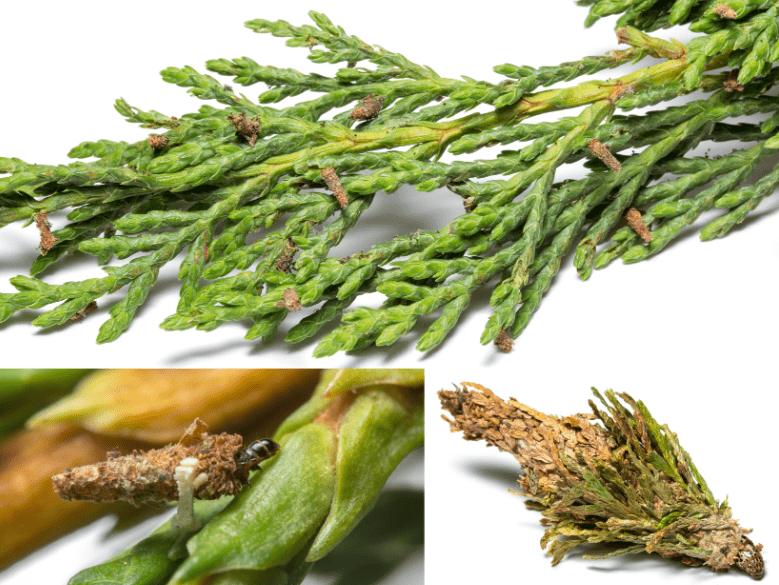
Overall, by regularly caring for and inspecting your Lemon Cypress plant, you can effectively prevent common pests and diseases and promote the overall health and appearance of your plant.
Yellowing or Dropping Leaves
Causes and how to address these issues.
Yellowing or dropping leaves on Lemon Cypress plants can be caused by a variety of factors, including over or under watering, nutrient deficiencies, or environmental stress. To address these issues, it’s important to first assess the watering and nutrient levels for the plant. Make sure the plant is receiving adequate water, but not sitting in waterlogged soil. Adjust your watering schedule as needed to ensure the plant is not being over or under watered. Additionally, consider providing the plant with a balanced fertilizer to address any nutrient deficiencies. Environmental stress, such as extreme temperatures or drafts, can also cause yellowing or dropping leaves. Ensure the plant is kept in a stable and suitable environment to prevent stress. Lastly, regular pruning and removing any dead or yellowing leaves can help improve the overall health and appearance of the plant. By addressing these issues and providing proper care, you can help prevent and treat yellowing or dropping leaves on your Lemon Cypress plant.
Conclusion
In conclusion, growing a healthy lemon cypress plant indoors requires attention to detail and regular maintenance. By following the steps outlined in this post, you can ensure that your plant thrives and adds beauty to your indoor space. Remember to provide adequate sunlight, water, and soil maintenance, and be on the lookout for any common issues that may arise so you can address them promptly. With proper care, your lemon cypress plant can flourish and bring joy to your home.
Frequently asked questions And Answer
A lemon cypress plant is a type of evergreen tree that has a lemony scent and is often used as a decorative indoor plant.
Lemon cypress plants thrive in bright, indirect light. They should be placed near a sunny window or under a grow light.
Lemon cypress plants prefer slightly moist soil, so it’s important to water them regularly, but be careful not to overwater. Allow the top inch of soil to dry out before watering again.
Lemon cypress plants do well in well-draining potting soil that is slightly acidic. A mixture of peat moss, pine bark, and perlite is a good option.
Lemon cypress plants can be pruned to maintain their shape and size. Use sharp, clean pruning shears to trim the tips of the branches as needed.
Yes, you can fertilize your lemon cypress plant during the growing season with a balanced, water-soluble fertilizer. Follow the instructions on the fertilizer package for the proper dilution and frequency.
Lemon cypress plants prefer cooler temperatures, ideally between 50-70 degrees Fahrenheit. Avoid placing them near drafts or heating vents.
If your lemon cypress plant outgrows its current pot, you can repot it into a slightly larger container with fresh potting soil. Be gentle when handling the roots and avoid damaging them during the repotting process.
